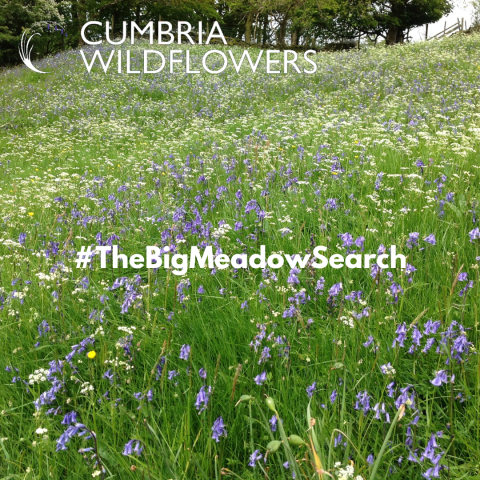Unveiling the Big Meadow Search: Exploring the Verdant Gems of UK and Ireland Grasslands
Step into the world of meadows and grasslands with the Big Meadow Search, a captivating initiative sweeping across the United Kingdom and Ireland. Developed by the Carmarthenshire Meadows Group, this project is set to enlighten minds about the marvels of grasslands while meticulously documenting their diverse plant species.
In the calendar of 2023, the search window spans from the 1st of June to the 31st of August. Encompassing an array of species-rich grassland habitats, the quest includes meadows, woodland fringes, churchyards, roadside verges, untamed amenity grasslands, and even private gardens. For those venturing onto private lands, securing the landowner's permission is paramount.
The methodology is accessible and straightforward, making it suitable for all. Engaging in the search merely involves noting down the location's name, grid reference, and date. Armed with this information, enthusiasts embark on a leisurely stroll through grassy landscapes, noting down the plant species encountered. Fancy equipment is unnecessary, yet a reliable plant identification guide, a handheld lens, and a camera can enhance the experience. Returning to a previously explored region later in the season allows for the seamless addition of newly discovered species to the data submission page, eliminating the need to re-enter existing information.
For landowners intrigued by the project but unable to conduct searches themselves, an avenue exists for collaboration. Reaching out to the project organisers might lead to the arrangement of volunteers to carry out searches and compile species lists.
The treasure trove of species catalogued by the Big Meadow Search is drawn from the National Plant Monitoring Scheme (NPMS) lowland grassland indicator species, supplemented by an array of captivating meadow plants. The records sought encompass all encountered plant species, and their representation on the data submission page is distinguished by colour—NPMS indicator species in blue, and supplementary species of interest in green.
Each submission to the Big Meadow Search becomes a valuable data point for analysis. As the project evaluates participant numbers, geographic distribution, searched grassland types, species range, positive and negative indicators, a comprehensive picture of the grasslands' health and biodiversity emerges. Upon completion of the analysis, the collected records find a new home in the relevant local environment record centre (LERC), where they can be harnessed for maximum impact.
Anticipating the 2023 summer search period, a captivating social media initiative has been launched to celebrate plants and their interconnected ecosystems. Regular posts on platforms like Twitter (@bigmeadowsearch) and Facebook (Big Meadow Search group) offer tips on plant identification and insights into symbiotic relationships with other species, such as invertebrates, galls, and fungi. Accompanying this digital voyage is the book "A Guide to Grassland Indicator Plants and Their Associated Species," a compilation of social media posts centred around the Big Meadow Search's plant species list.
While existing botanical initiatives span the UK, the Big Meadow Search introduces a fresh perspective. Contrasting the National Plant Monitoring Scheme's more targeted surveys, the BMS approach thrives on self-selection and spontaneity. With a three-month search window, participants enjoy flexibility and the chance to explore various sites. This expansive approach encompasses a gamut of grassland types, inviting participation from urban fringes to untouched wilderness, enriching the dataset with long-overlooked areas. The emphasis is not solely on rare species; common ones hold equal value.
The resounding feedback from the inaugural BMS endeavour underscores its role in deepening appreciation for local landscapes and enhancing identification skills while contributing to biological records. This year, the project sets its sights on amplifying these benefits, inviting more participants to join the ranks and extending its reach across diverse landscapes.
Find out more >> https://www.bigmeadowsearch.co.uk/
When you subscribe to the blog, we will send you an e-mail when there are new updates on the site so you wouldn't miss them.



Comments